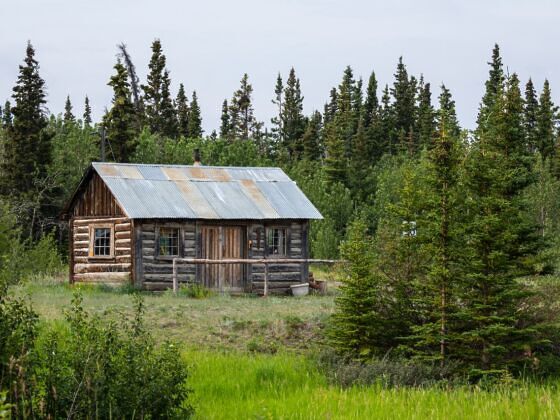“The more that we understand about the places that we move through each day, the more care we take in those places, and the more care we take in the world.”
KRISSY CLARK IS A narrative archaeologist. As a journalist and public radio reporter in San Francisco, she has spent the last few years curating a series of location-based storytelling projects that give a sense of meaning to the places that people pass through casually on a daily basis. She brings stories and histories to the surface that were, until now, locked in these locations like “geologic strata”.
